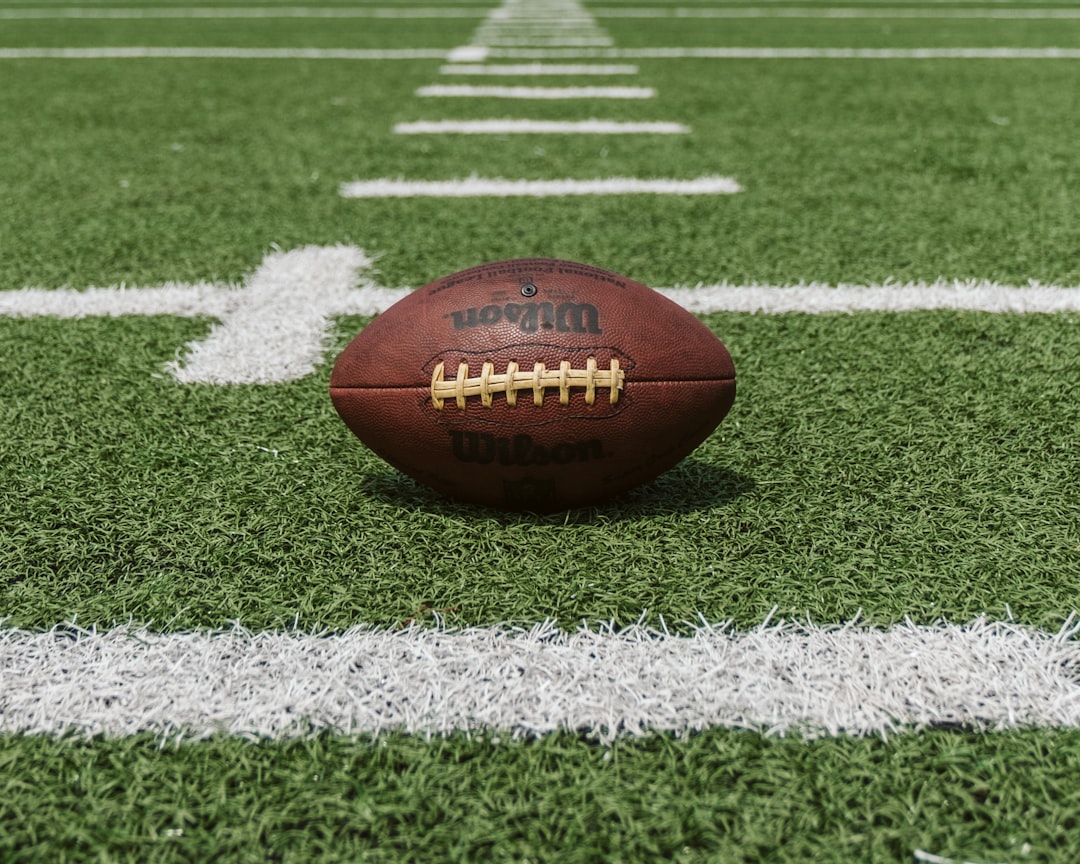We have followed Matty Van Riper from “The Point League” and Stephanie Martin from the “Not So Newbies” league all season long. Both Van Riper and Martin used different strategies with varied results. Van Riper took it week by week and adjusted his team based on key factors like weather or injuries Martin used the same strategy from the very beginning which was based off of name recognization. So who came out on top? And what (if anything) would they do differently? And most importantly – what does this tell us about analyzing data?
As you recalled from the initial article, "'Winging it' Vs 'Statistical Reasoning"– Van Riper was adamant about using statistics when drafting the ideal team. “You'd have to be a moron to wing it in a league with this many teams,” he said referring to his league made up of 13 other teams. While he didn’t win, Van Riper reports that he did well and wouldn’t do anything differently. So what stopped him from running away with 1st prize? “It just was the combination of starting people I thought would do well and benching guys I assumed would not. and the chips didn’t fall where I hoped,” he explained. Van Riper journey indicates that having accurate data is helpful but cannot guarantee a result with 100% certainty.
Martin didn’t do too well, but the important thing is – she didn’t come in last (albeit she came in second to last). Martin’s team had been doomed from the beginning. Her league consisting of family members relies on Yahoo’s auto-draft capabilities to pick teams. When asked why she believes she did not do better, she said, “I think I just didn’t have a good team. I needed better/more consistent wide receiver and running back players.” Machine learning and algorithms work to predict results coming to the most logical conclusion – but it was never meant to see into the future especially when it comes to humans.
If we can learn anything from Van Riper and Martin’s Fantasy Football experiences – it’s that data is produced to aid in decision making but not be the sole factor. It’s a useful tool that should be consulted but also taken with a grain of salt. This is especially true when the decision is based off of the human emotional and physical capabilities. The most advanced machine learning and algorithms may be able to predict the weather with accuracy – but will never be able to foresee an unexpected injury or when a player has emotionally checked out of the game.
Does this mean Van Riper and Martin will opt out of their fantasy football league next year – because despite what they do using predictive analytics will not guarantee them the coveted grand prize? Not a chance.














